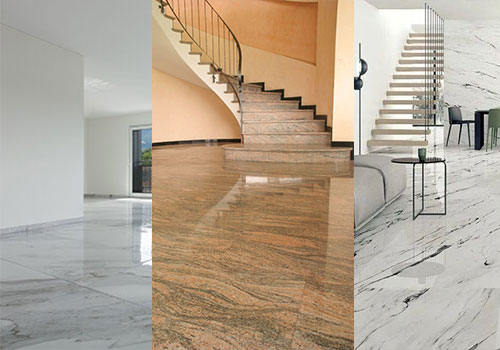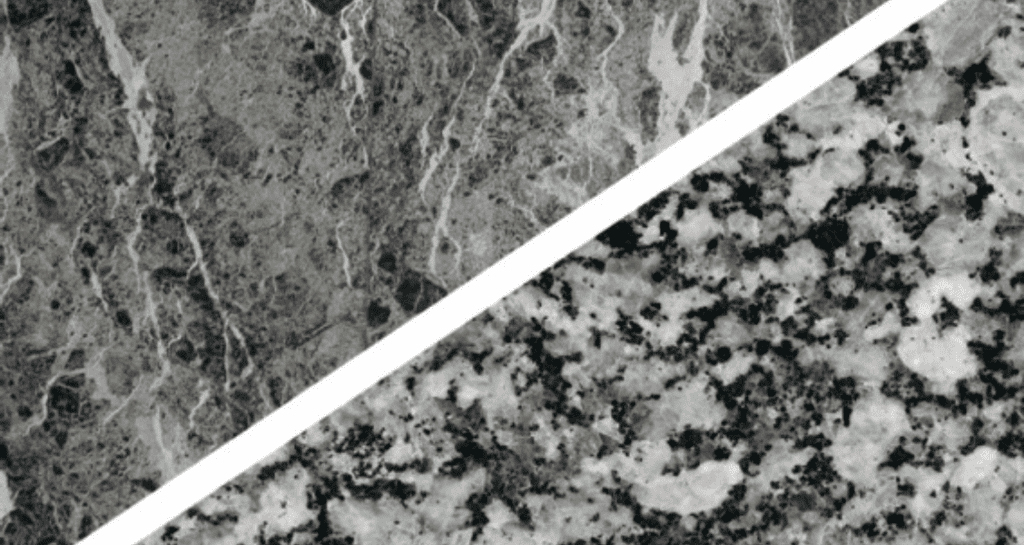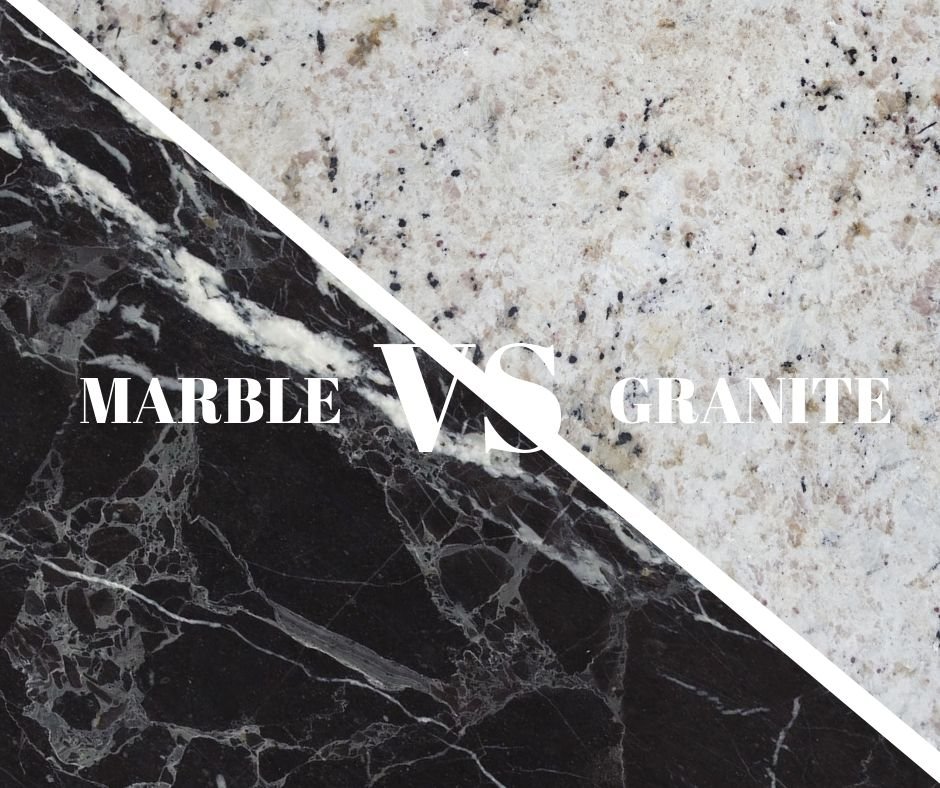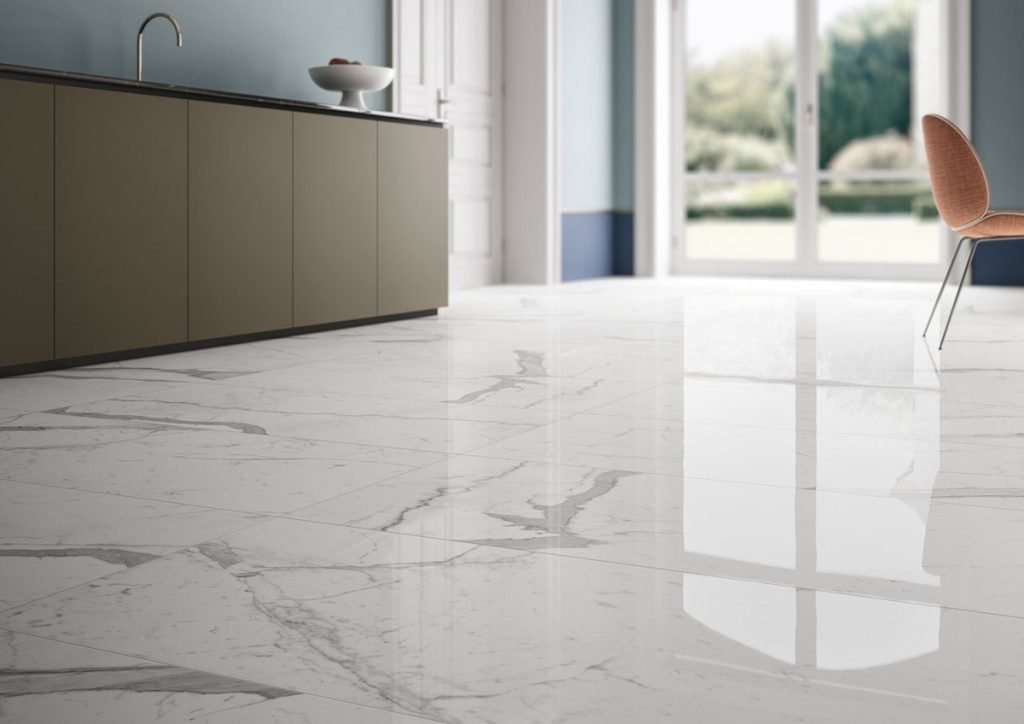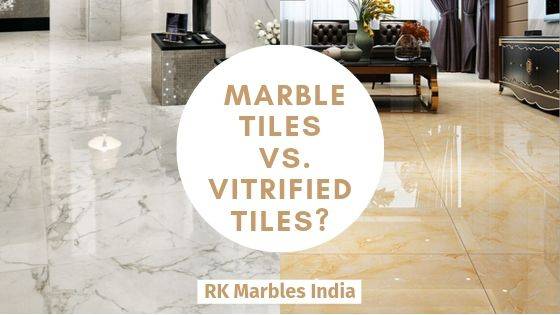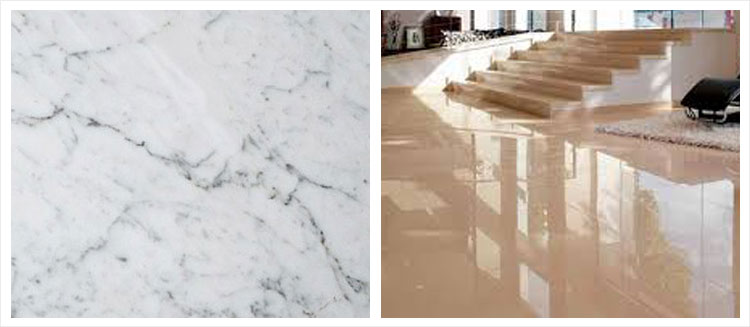Pros and Cons of Marble Flooring
To open this article, let’s talk about the pros and cons of marble flooring first.
Pros of Marble Flooring:
- Luxurious Appearance: Marble flooring exudes elegance and sophistication, instantly enhancing the aesthetic appeal of any space. Its natural patterns and variations add a touch of luxury and create a timeless look.
- Versatility: Marble flooring is available in a wide range of colors, patterns, and finishes, allowing for endless design possibilities. It can be used to create both traditional and contemporary styles, making it suitable for various interior designs.
- Durability: Marble is a durable and long-lasting flooring option, capable of withstanding heavy foot traffic and daily wear and tear. Properly maintained marble floors can last for decades, making it a cost-effective choice in the long run.
- Cooling Effect: Marble has natural cooling properties, making it an excellent choice for warmer climates. It remains cool to the touch, helping to maintain a comfortable temperature indoors during hot weather.
Cons of Marble Flooring:
- High Maintenance: Marble flooring requires regular maintenance to preserve its shine and prevent stains. It is susceptible to scratches, etching, and staining, particularly from acidic substances. Special care must be taken to clean spills immediately and use appropriate cleaning products.
- Porous Nature: Marble is a porous material, which means it can absorb liquids and stains if not properly sealed. This makes it vulnerable to damage from acidic substances, such as citrus juices or cleaning products containing vinegar or ammonia.
- Slippery Surface: Polished marble floors can be slippery, especially when wet. This can pose a safety hazard, particularly in areas prone to spills or where children and elderly individuals are present. Using rugs or mats in high traffic areas can help minimize the risk of slipping.
- Cost: Marble flooring is generally more expensive compared to other types of flooring, including granite. Installation costs can be higher due to the skill required to handle and install marble tiles properly. Additionally, regular maintenance and sealing can add to the overall cost over time.
Marble Flooring Vs Granite Flooring:
- Marble flooring offers a more luxurious and elegant appearance compared to granite, which tends to have a more uniform and consistent pattern.
- Both marble and granite are durable, but marble may require more maintenance and care due to its porous nature.
- Granite is generally more resistant to staining and scratching than marble, making it a more practical choice for high-traffic areas.
- Marble has natural cooling properties, which can be an advantage in warmer climates, while granite does not possess this characteristic.
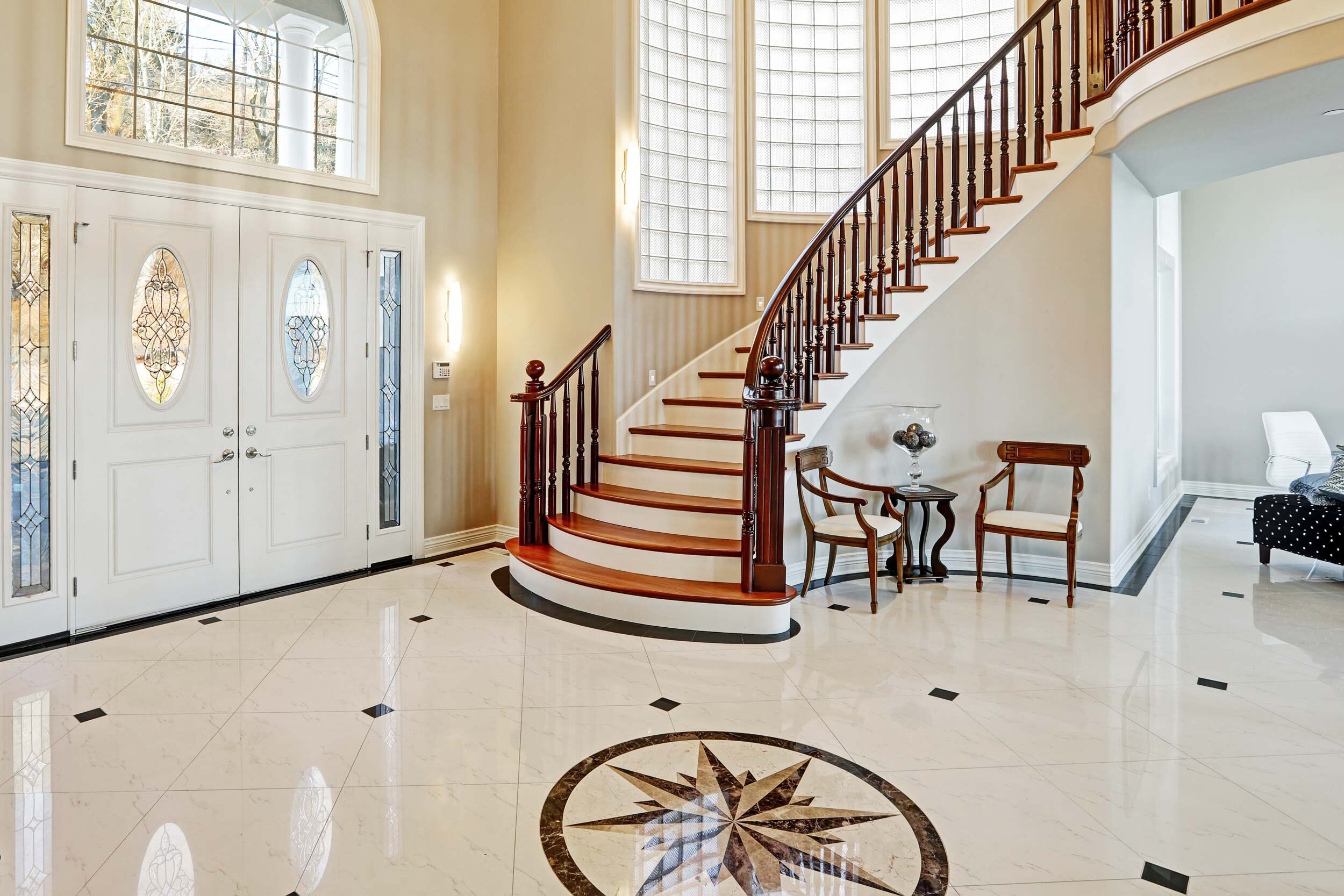
Advantages and Disadvantages of Granite Flooring
Advantages of Granite Flooring:
Durability: Granite flooring is highly durable and can withstand heavy foot traffic, making it suitable for both residential and commercial spaces. It is resistant to scratches, stains, and heat, ensuring a long-lasting flooring option.
Aesthetics: Granite flooring offers a luxurious and timeless look to any space. With its natural patterns and colors, it adds elegance and sophistication to the interior design. The wide range of options allows homeowners to choose from various shades and textures that complement their overall aesthetic preferences.
Easy Maintenance: Granite flooring is relatively easy to clean and maintain. Regular sweeping and occasional mopping with a mild detergent are usually sufficient to keep it looking its best. Additionally, its natural resistance to bacteria and allergens makes it a hygienic choice for flooring.
Increased Home Value: Installing granite flooring can significantly increase the value of a property. Its high-end appearance and long-lasting nature make it an attractive feature for potential buyers, thus enhancing the overall market value of the house.
Disadvantages of Granite Flooring:
Cost: One of the main drawbacks of granite flooring is its high cost. Compared to other flooring options, such as ceramic tiles or vinyl, granite can be significantly more expensive. The cost includes not only the material itself but also installation and maintenance expenses.
Installation Challenges: Due to its weight and hardness, installing granite flooring can be a complex and time-consuming process. It requires professional expertise and specialized tools to ensure proper installation. Moreover, the weight of the granite slabs may require additional structural support in some cases.
Susceptibility to Cracks: Although granite is a durable material, it can still be prone to cracks and chips under certain circumstances. Heavy impacts or sharp objects dropped on the surface can cause damage. However, with proper care and maintenance, the risk of cracks can be minimized.
Cold and Hard Surface: Granite flooring tends to be colder and harder underfoot compared to other flooring materials. This can result in a less comfortable walking experience, especially during colder seasons. Using area rugs or underfloor heating systems can help mitigate this issue.
Comparing Durability and Maintenance of Marble and Granite Flooring
Durability:
Marble flooring is known for its luxurious appearance, but it is not as durable as granite flooring. Marble is a softer stone, which makes it more susceptible to scratches, cracks, and chips. It can also be easily stained by spills or acidic substances. On the other hand, granite flooring is extremely durable and can withstand heavy foot traffic without showing signs of wear and tear. It is resistant to scratches and cracks, making it a more suitable option for high-traffic areas.
Maintenance:
Maintaining marble flooring requires regular care and attention. It is important to seal marble tiles to protect them from stains and spills. Acidic or abrasive cleaning agents should be avoided, as they can damage the surface of the marble. Additionally, marble flooring needs to be polished periodically to maintain its shine and luster.
Granite flooring, on the other hand, is relatively low maintenance. It is less prone to staining and does not require sealing. Cleaning granite flooring is simple, as it can be easily wiped clean with a mild detergent and water. Furthermore, granite does not require regular polishing to maintain its natural shine, as it is a highly resilient stone.
Choosing the Right Flooring Option Factors to Consider
When it comes to selecting the flooring option for your space, there are several factors that need to be taken into consideration. One important decision you may have to make is whether to go for marble flooring or granite flooring. Both options have their own unique characteristics and advantages. To help you make an informed choice, here are some key factors to consider:
Durability: Both marble and granite are known for their durability and longevity. However, granite tends to be slightly more resistant to scratches and chips compared to marble. If you anticipate heavy foot traffic or have pets or young children in your home, granite flooring may be a better option.
Aesthetics: Marble and granite offer distinct aesthetic appeal. Marble flooring is known for its elegance and timeless beauty. It comes in a wide range of colors and patterns, allowing you to achieve a luxurious and sophisticated look. On the other hand, granite flooring is characterized by its natural, earthy appearance. It offers a more rustic and textured look that can add warmth to any space.
Maintenance: Both marble and granite require regular maintenance to keep them looking their best. However, marble is more porous and prone to staining compared to granite. It requires sealing to protect it from spills and stains, and regular polishing to maintain its shine. Granite, on the other hand, requires less maintenance and is less susceptible to staining.
Cost: Cost is an important consideration for many homeowners. Generally, granite flooring is more expensive than marble flooring. The price of marble can vary depending on the type and quality, but it tends to be more affordable compared to granite. It’s important to consider your budget and the long-term value of the flooring option when making your decision.
Suitability: Consider the specific area where you plan to install the flooring. Marble flooring is ideal for areas such as living rooms, dining rooms, and bedrooms, where its elegance and beauty can be showcased. Granite flooring, with its durability and resistance to scratches, is more suitable for high-traffic areas like kitchens and hallways.
Marble vs Granite Comparison Guide u2013 What is the Difference?
Marble vs Granite vs Tiles – DecorChamp
Marble vs Granite :Which one you should choose for your countertop?
Marble vs Granite vs Tiles – DecorChamp
Marble vs Granite Comparison Guide u2013 What is the Difference?
What to choose Marble Tiles vs. Vitrified Tiles?- RK Marbles India
Vitrified tiles vs. Marble McCoy Mart
Related Posts:
- Marble Floor Tile Colors
- How To Make Marble Floor Tiles Shine
- How To Remove Scratches From Marble Floor
- Marble Floor Tiles Black And White
- Polished Marble Floor Tiles
- White Marble Flooring Home
- Pink Marble Floor Tiles
- Italian Marble Flooring Texture
- Images Marble Floor Tiles
- Black White Marble Floor Tiles

